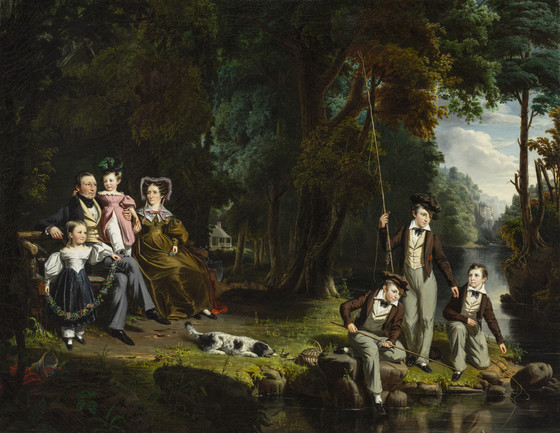Alexander Masterton and His Wife and Children

Please log in to add this item to your gallery.
View comments
No comments have been posted yet.
Add a comment
Please log in to add comments.
Please log in to add tags.
* Nearly 20,000 images of artworks the museum believes to be in the public domain are available to download on this site.
Other images may be protected by copyright and other intellectual property rights.
By using any of these images you agree to LACMA's Terms of Use.
Alexander Masterton and His Wife and Children
Paintings
Oil on canvas
64 x 80 in. (162.56 x 203.2 cm)
Purchased with funds provided by Steve Martin (by exchange) and the American Art Council in honor of Michael Quick, with additional funds provided by Herbert M. and Beverly Gelfand, Jo Ann and Julian Ganz Jr., Abby and Alan D. Levy, Mr. and Mrs. Robert Duffy, Mr. and Mrs. John M. Liebes, Mr. and Mrs. William M. Carpenter, Dr. and Mrs. Matthew S. Mickiewicz, and Madeline and Eugene Goodwin (AC1992.54.1)
Not currently on public view


